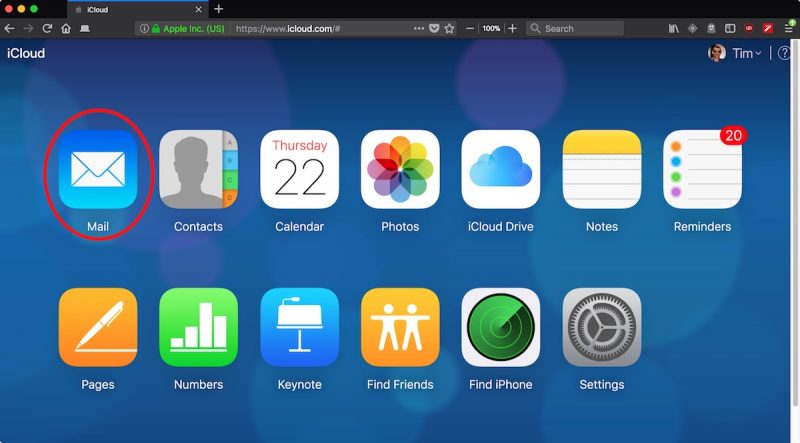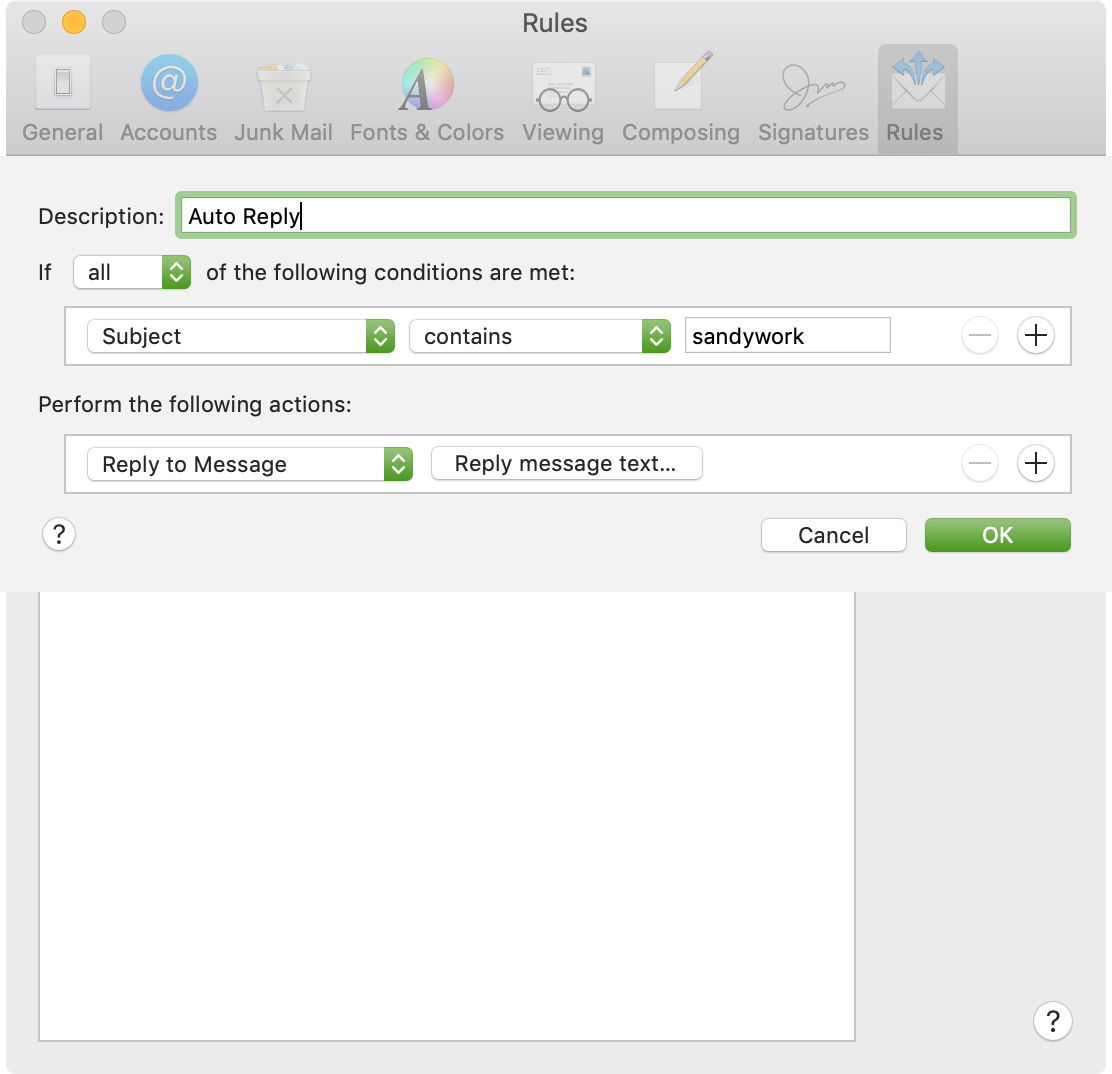

The transport rule will look like this example: You have created a transport rule to reject any email message that's sent from any IP address other than the third-party anti-spam program. Let's assume that you moved the MX record to a third-party anti-spam program. There's one scenario that's worth highlighting when it comes to transport rules blocking OOF replies. The message trace will clearly indicate whether a transport rule is blocking the OOF response. You should be able to determine whether the OOF reply has been triggered and sent to an external or internal recipient.

For OOF messages, the sender of the original message becomes the recipient during tracking. If you suspect a delivery problem, run a message trace from the Office 365 tenant. Check all the transport rules that may apply to the affected mailbox by using step 2 of this article. If an OOF reply appears not to have been sent for all users in the tenant, a transport rule is usually to blame. They include possible fixes and some more frequently seen OOF configuration issues that you may have experienced. The following sections discuss some of the scenarios in which OOF replies aren't sent to the sender. This alternative rule sends a response every time that a message is received. If you want to send a response to the sender every time instead of only one time, you can apply the "have server reply using a specific message" mailbox server-side rule instead of using the OOF rule. The following table lists the message class and name that are associated with each OOF rule. The rule name is stored in the PR_RULE_MSG_NAME property. Each rule has an associated message class and name. These rules are set individually in the user's mailbox. In addition to using the built-in OOF functionality in their client, people sometimes use rules to create an Out of Office message while they are away.īy design, Exchange Online Protection uses the high risk delivery pool (HRDP) to send OOF replies, because OOF replies are lower-priority messages. If automatic replies are enabled, only one reply is sent to each sender even if a recipient receives multiple messages from a sender. By running a PowerShell command ( Set-MailboxAutoRepl圜onfiguration)Īdmins can set up OOF replies from the Microsoft 365 Admin Portal on behalf of users.By using other clients, such as Outlook on the web (OWA).By using the automatic reply feature from within Outlook as explained here.Therefore, they are triggered regardless of whether the client is running.Īutomatic replies can be configured as follows: OOF, or automatic replies are Inbox rules that are set in the user's mailbox by the client. (If you've ever wondered why "Out of Office" is abbreviated as "OOF" instead of as "OOO," see However, much of this discussion also applies to an on-premises configuration. How do they work? Why do they sometimes not get delivered to other users, and what do you do if they don't? This article discusses the bits and pieces of OOF replies from the perspective of an Exchange Online configuration. To disable it, check the Filter disabled box next to the Save button.OOF replies can be a bit of a mystery. Click the Save button at the bottom and the autoresponder will be active.Under execute the following actions, select “Reply with message” and fill out the fields enter “1” under “How often send messages” (in days).Tick all messages under For incoming mail.Enter the name for your autoresponder (like “vacation”) in the Filter name field.
HOW TO SET AN OUT OF OFFICE ON MAC EMAIL PLUS
In the Filters column (not Filter sets) click the plus sign at the bottom.Some configurations of RoundCube do not have this feature. If TheeDigital does not host your email, you’ll need to contact your hosting provider if you don’t have the Filters option. Click Filters in the far left Settings column.
HOW TO SET AN OUT OF OFFICE ON MAC EMAIL PASSWORD


 0 kommentar(er)
0 kommentar(er)
